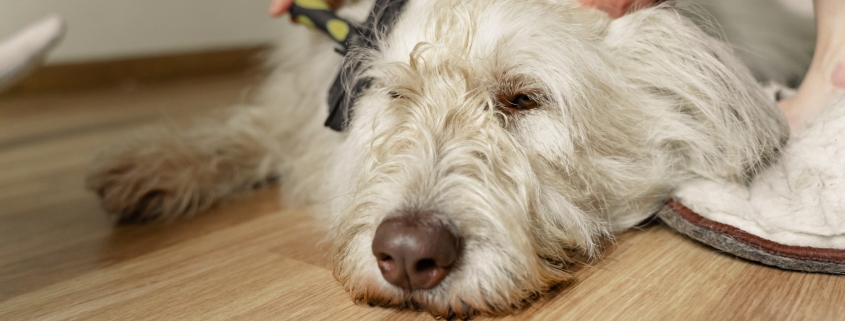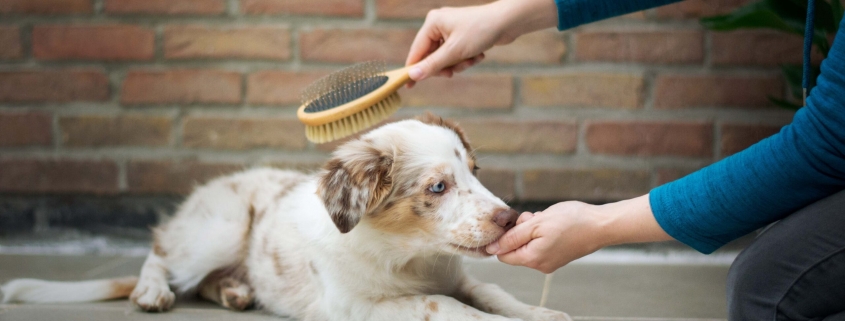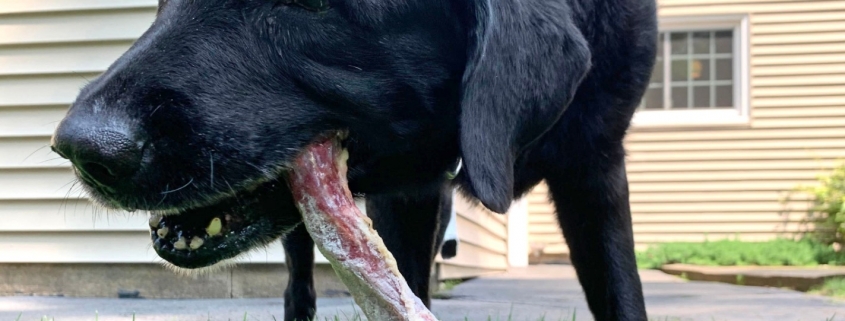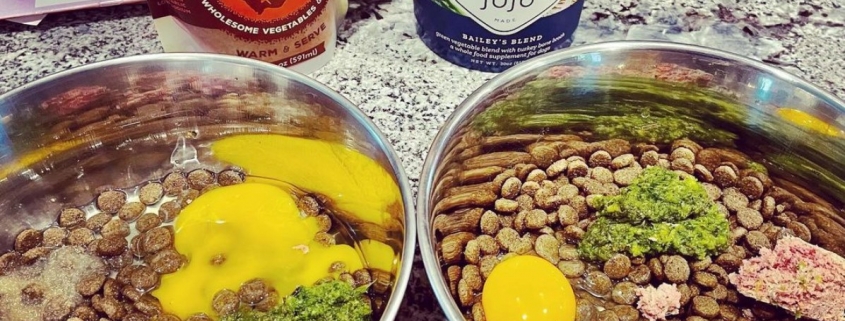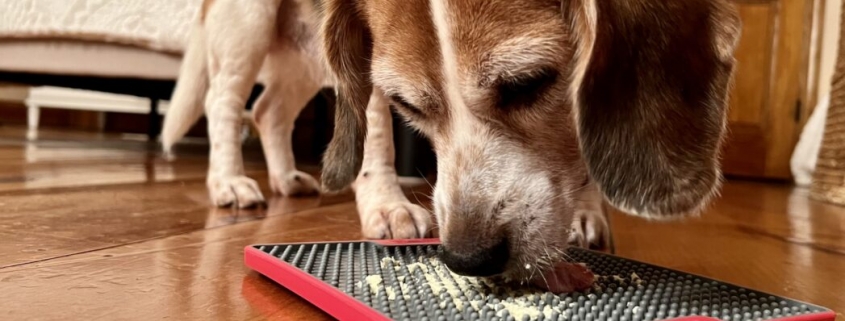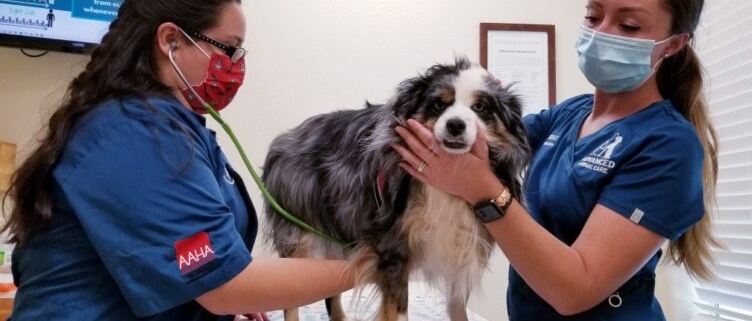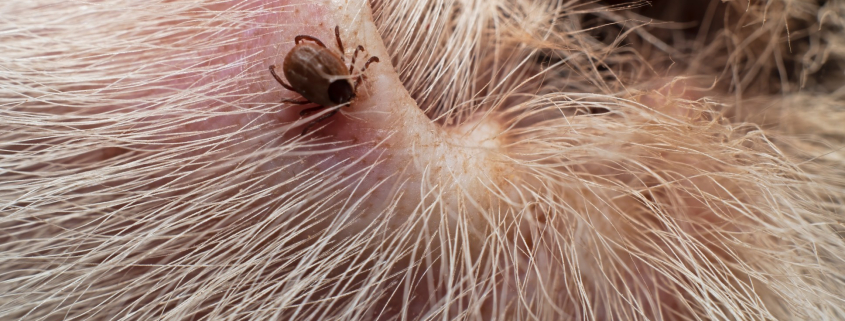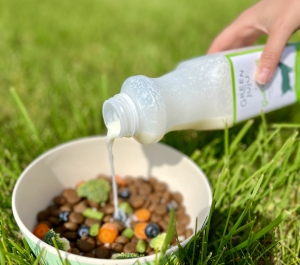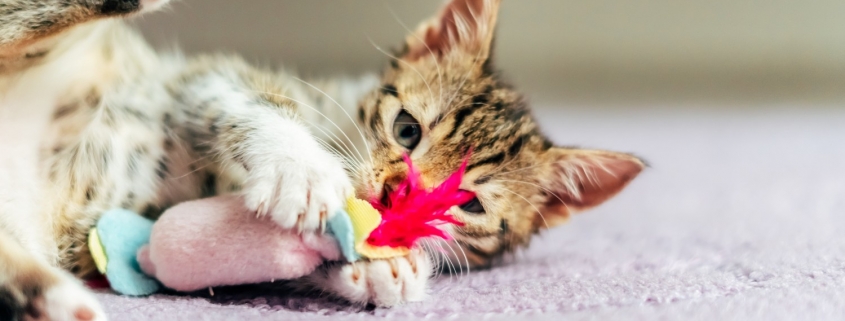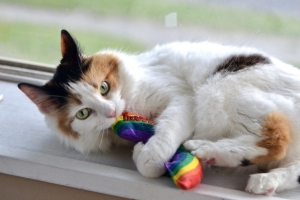Brushing your dog’s coat is essential to your pet’s health. Regular brushing removes loose hair before it sheds on your carpet and clothes. It also clears out dead hair and straightens tangles. Tangles can cause painful skin irritations and infection if left unattended.
Brushing is also good for your dog’s skin. By running the brush through the fur, the movement stimulates the production of natural oils in the skin.
Finding the right brush to use on your dogs can be confusing. Many of our customers feel overwhelmed by the options and which brushes work best on the many coat types.
Fortunately, we have decades of dog brush expertise to help you pick the perfect brush for your pet based on coat type. Make sure to check out our recommendations based on coat type at the end of this article.
Dog grooming brushes fall into four main types:
- Brushes
- Combs
- Rakes
- Deshedding
Brushes
Brushes are used daily grooming to untangle minor mats, remove dead hair, and stimulate your dog’s skin.
- The bristle brush has densely packed bristles and is best used for removing loose hairs and massaging the skin. The longer your dog’s coat is, the longer and more widely spaced the bristles should be.
- The pin brush is usually oval-shaped with a set of flexible wires capped with rubber or plastic tips. This brush is often used on dogs with thick or curly coats and tackles minor tangles since it won’t pull the hair as it moves through the fur. This brush is gentle on your dog’s skin and safe for most breeds.
- Like a pin brush, a slicker brush has shorter wires but is mounted much closer on a rectangular head. This design removes mats and dead hair from the undercoat. Apply gentle pressure so you don’t scratch your dog’s skin.
At first, many dogs don’t care about being brushed. If your dog refuses to be brushed, try a grooming glove. These gloves have textured rubber surfaces that pick up loose hair and provide a massage, just like when you’re petting your dog.
Combs
There are many types of combs to help you keep your pet’s coat healthy.
A general grooming comb is best for long-haired dogs to help remove tangles and knots. Make sure to use wider-spaced teeth to start tackling knots, then progress to a comb with more tightly spaced teeth.
A dematting comb has ridged stainless steel blades to cut through mats instead of pulling on them or ripping the fur from the skin.
A flea comb has tightly spaced teeth that catch fleas and dirt as they move through the coat.
PRO TIP: Always brush in the natural direction of your dog’s fur. This minimizes the chance of you ripping or tearing the skin.
Rakes
A rake is designed to get deep into thick coats to gently remove tangles and dead portions of the undercoat.
A standard rake resembles a comb but with longer, wide-spaced teeth. Looking like a miniature garden rake, the teeth have rounded tips and excel at gently removing dead fur and tangles in longer-haired dogs.
An undercoat rake has curved small blades with sharp edges to remove mats and loose fur from dogs with heavy undercoats. While this type of rake will remove mats, we’ve found it not as effective as a mat comb.
Deshedding
Built for dogs that shed, the deshedding tool acts like a stripping knife to pick up and pull out dead hairs, leaving a low-shedding topcoat behind. This tool mimics a groomer’s clippers when they were not turned on but used to gently rake through a dog’s coat.
There are many sizes to choose from when picking a deshedding tool. Please feel free to contact us with questions so we can ensure you have the right size to make the grooming experience more productive and more pleasant for your dog.
Dog Coat Types
Here’s what we typically recommend to help you find the right brush for these common canine hair types.
Short Hair, Smooth Coat
This group’s breed includes Boston Terriers, Boxers, Bulldogs, Corgis, Dobermans, and Great Danes. Use a bristle brush to distribute the dog’s natural oils for a shinier and healthier coat. A slicker brush can also be used to remove any dead hair.
Wiry Coats
Breeds in this group include Airedales, various Terriers, and Schnauzers. We recommend weekly brushing with a slicker brush or pin brush.
Curly Coat
Breeds in this group include Bichon Frise, Poodles, and most of the Doodle varieties. Weekly grooming with a slicker or pin brush will help keep your dog’s permanent perm fashionable.
Long Silky Coat
This group’s breed includes Afghan Hounds, Cocker Spaniels, Golden Retrievers, Irish Setters, Maltese, and Yorkshire Terriers. We encourage DAILY grooming for these breeds using a pin brush to keep those silky locks under control.
Double Coats
These breeds include Border Collies, Golden Retrievers, Huskies, Labrador Retrievers, Newfoundlands, and St. Bernards. A double coat has two layers that grow independently and are often of different lengths. The outer coat is coarse, and the undercoat is soft and dense. We find that a rake brush, matched to your dog’s coat length, helps pull out loose undercoat fur.
Ensuring Grooming Success
Taking care of your dog’s coat is a vital part of grooming. As you’ve just seen, many types of dog brushes are available to handle everything from basic coat care to removing the thickest hair mats.
Having the right kind of grooming brushes on hand will make the experience easier and create a stronger bond between you and your dog.

